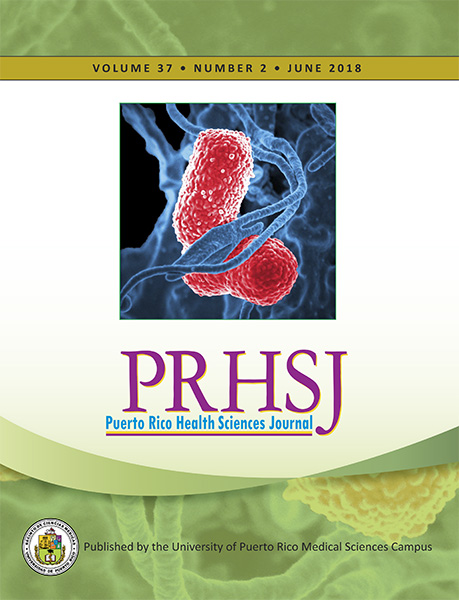Resumen
The overpopulation of stray cats in urban areas represents a potential risk for humans, as stray cats may carry diseases, such as toxoplasmosis, and virus such as rabies, the feline immunodeficiency, and the feline leukemia. In Old San Juan, a historic neighborhood and one of the most touristic places in Puerto Rico, there is an overpopulation of stray cats. In this study, we generated baseline information fundamental to developing a successful control program by estimating the stray cat population size, density, and spatial distribution. Furthermore, we quantified the number of neutered cats and developed a spatial database to include information about the external physical condition of each individual. We estimated a population of 178 (±21) cats, with a density of 3.6 cats/ha. Overall, we observed 209 cats, from which 149 (71%) were identified as new and 60 (29%) were recaptured. We found stray cats had a significant non-random and clustered spatial distribution (z-score = -19.39 SD; ratio = 0.29; p<0.0001), with an observable larger abundance in residential zones where food was provided. A total of 105 (70%) cats were neutered, and 32 (21%) individuals exhibited very poor physical conditions, including skin problems, scars, underweight, and blindness. We concluded that the ecological and descriptive data generated in this study are essential for an effective control of stray cats and their potential impacts on humans living in this neighborhood.
Authors who publish with this journal agree to the following terms:
a. Authors retain copyright and grant the journal right of first publication with the work simultaneously licensed under a Creative Commons Attribution License that allows others to share the work with an acknowledgement of the work's authorship and initial publication in this journal.
b. Authors are able to enter into separate, additional contractual arrangements for the non-exclusive distribution of the journal's published version of the work (e.g., post it to an institutional repository or publish it in a book), with an acknowledgement of its initial publication in this journal.
c. Authors are permitted and encouraged to post their work online (e.g., in institutional repositories or on their website) prior to and during the submission process, as it can lead to productive exchanges, as well as earlier and greater citation of published work (See The Effect of Open Access).
